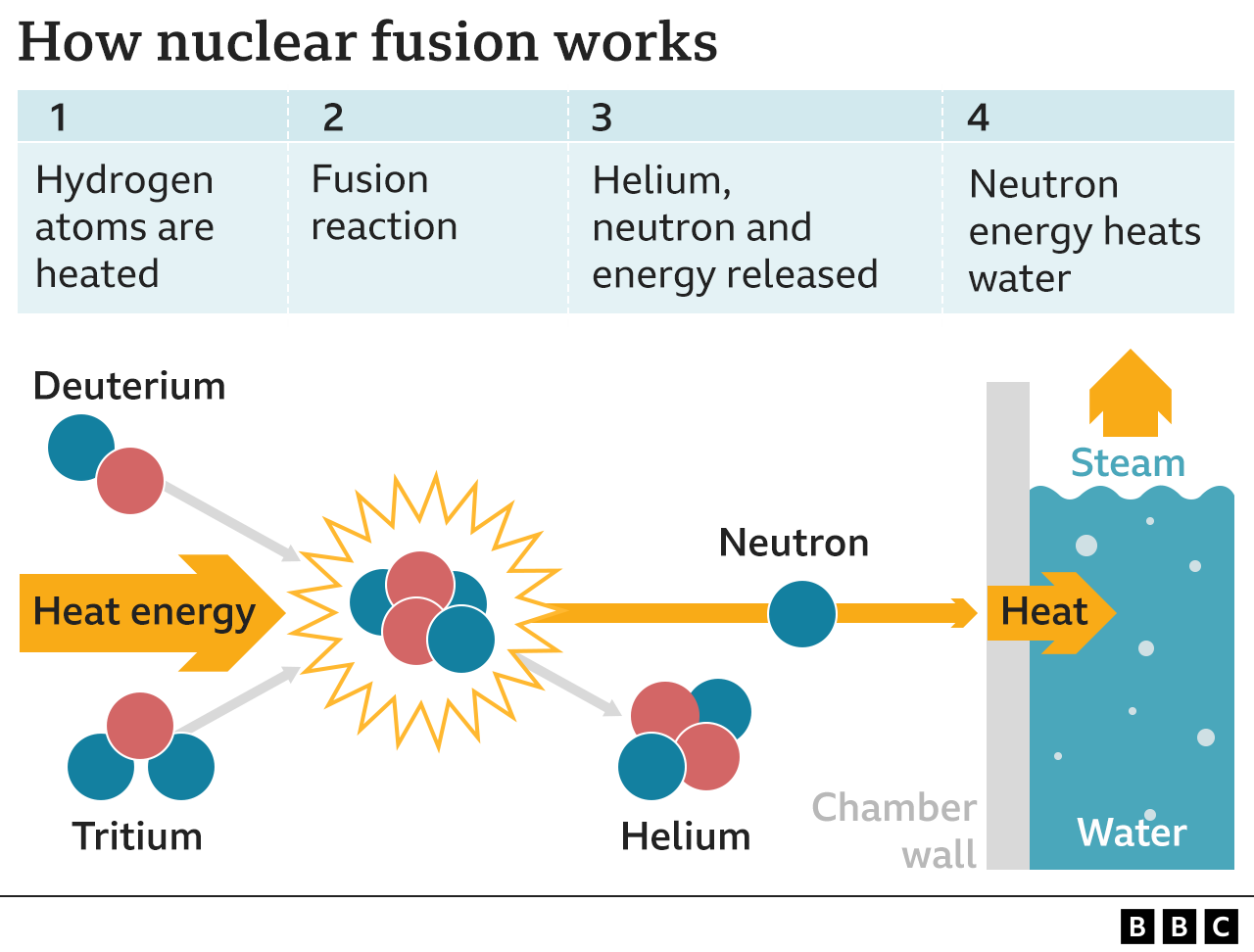 Sam Bankman-Fried
Sam Bankman-Fried
Dear Commons Community,
U.S. prosecutors yesterday accused Sam Bankman-Fried, the founder and former CEO of crypto currency exchange FTX, of fraud and violating campaign finance laws by misappropriating his customers’ funds, saying the investigation is ongoing and “moving very quickly.”
U.S. Attorney Damian Williams in New York said Bankman-Fried made illegal campaign contributions to Democrats and Republicans with “stolen customer money,” saying it was part of one of the “biggest financial frauds in American history.”
“While this is our first public announcement, it will not be our last,” he said, adding Bankman-Fried “made tens of millions of dollars in campaign contributions.” As reported by Reuters.
Williams declined to say whether prosecutors would bring any charges against other FTX executives, emphasizing that the investigation was ongoing. He also declined to say whether any FTX insiders were cooperating with the investigation.
Bankman-Fried made a court appearance on Tuesday in the Bahamas, where he was arrested on Monday and where FTX is based. The 30-year-old seemed relaxed in a blue shirt when he arrived at the heavily guarded Bahamas court. It was his first in-person public appearance since the cryptocurrency exchange’s collapse. He told the court he could fight extradition to the United States.
A lawyer for Bankman-Fried requested that his client be released on $250,000 bail. Bahamian prosecutors have asked that Bankman-Fried be denied bail if he fights extradition.
“Mr. Bankman-Fried is reviewing the charges with his legal team and considering all of his legal options,” his lawyer, Mark S. Cohen, said in an earlier statement.
FTX’s current CEO, John Ray, told congressional lawmakers on Tuesday that FTX lost $8 billion of client money, saying the company showed “absolute concentration of control in the hands of a small group of grossly inexperienced, nonsophisticated individuals.”
In the indictment unsealed on Tuesday morning, U.S. prosecutors said Bankman-Fried had engaged in a scheme to defraud FTX’s customers by misappropriating their deposits to pay for expenses and debts and to make investments on behalf of his crypto hedge fund, Alameda Research LLC.
He also defrauded lenders to Alameda by providing false and misleading information about the hedge fund’s condition, and sought to disguise the money he had earned from committing wire fraud, prosecutors said.
Both the U.S. Securities and Exchange Commission (SEC) and the Commodity Futures Trading Commission (CFTC) alleged Bankman-Fried committed fraud in lawsuits filed on Tuesday.
The CFTC sued Bankman-Fried, Alameda and FTX on Tuesday, alleging fraud involving digital commodity assets.
Since at least May 2019, FTX raised more than $1.8 billion from equity investors in a years-long “brazen, multi-year scheme” in which Bankman-Fried concealed FTX was diverting customer funds to Alameda Research, the SEC alleged.
Bankman-Fried has apologized to customers and acknowledged oversight failings at FTX, but said he does not personally think he has any criminal liability.
Bankman-Fried founded FTX in 2019 and rode a cryptocurrency boom to build it into one of the world’s largest exchanges of the digital tokens. Forbes pegged his net worth a year ago at $26.5 billion, and he became a substantial donor to U.S. political campaigns, media outlets and other causes.
A crypto exchange is a platform on which investors can trade digital tokens such as bitcoin.
As legal challenges mount, the U.S. Congress is also looking at crafting legislation to rein in a loosely-regulated industry.
FTX has shared findings with the SEC and U.S. prosecutors, and is investigating whether Bankman-Fried’s parents were involved in the operation.
FTX’s collapse was one of a series of bankruptcies in the crypto industry this year as digital asset markets tumbled from 2021 peaks.
FTX filed for bankruptcy on Nov. 11, leaving an estimated 1 million customers and other investors facing losses in the billions of dollars. The collapse reverberated across the crypto world and sent bitcoin and other digital assets plummeting.
“The crypto sector must see the demise of FTX as a wake-up call,” said Viktor Prokopenya, founder of crypto platform Currency.com.
Bankman-Fried was an unconventional figure who sported wild hair, t-shirts and shorts on panel appearances with statesmen like former U.S. President Bill Clinton. He became one of the largest Democratic donors, contributing $5.2 million to President Joe Biden’s 2020 campaign.
Police in the Bahamas said he was arrested on Monday at his gated community in the capital, Nassau. Damian Williams, U.S. attorney in New York, said the arrest came at the request of the U.S. government.
The attorney general’s office of the Bahamas said it expected Bankman-Fried to be extradited to the United States.
Bankman-Fried resigned as FTX’s CEO the same day as the bankruptcy filing. FTX’s liquidity crunch came after he secretly used $10 billion in customer funds to support his proprietary trading firm Alameda, Reuters has reported. At least $1 billion in customer funds had vanished.
Another low-life scheming Bernie Madoff!
Tony











